Bring café-quality espresso home with a professional-grade espresso machine. Discover how to choose the perfect...
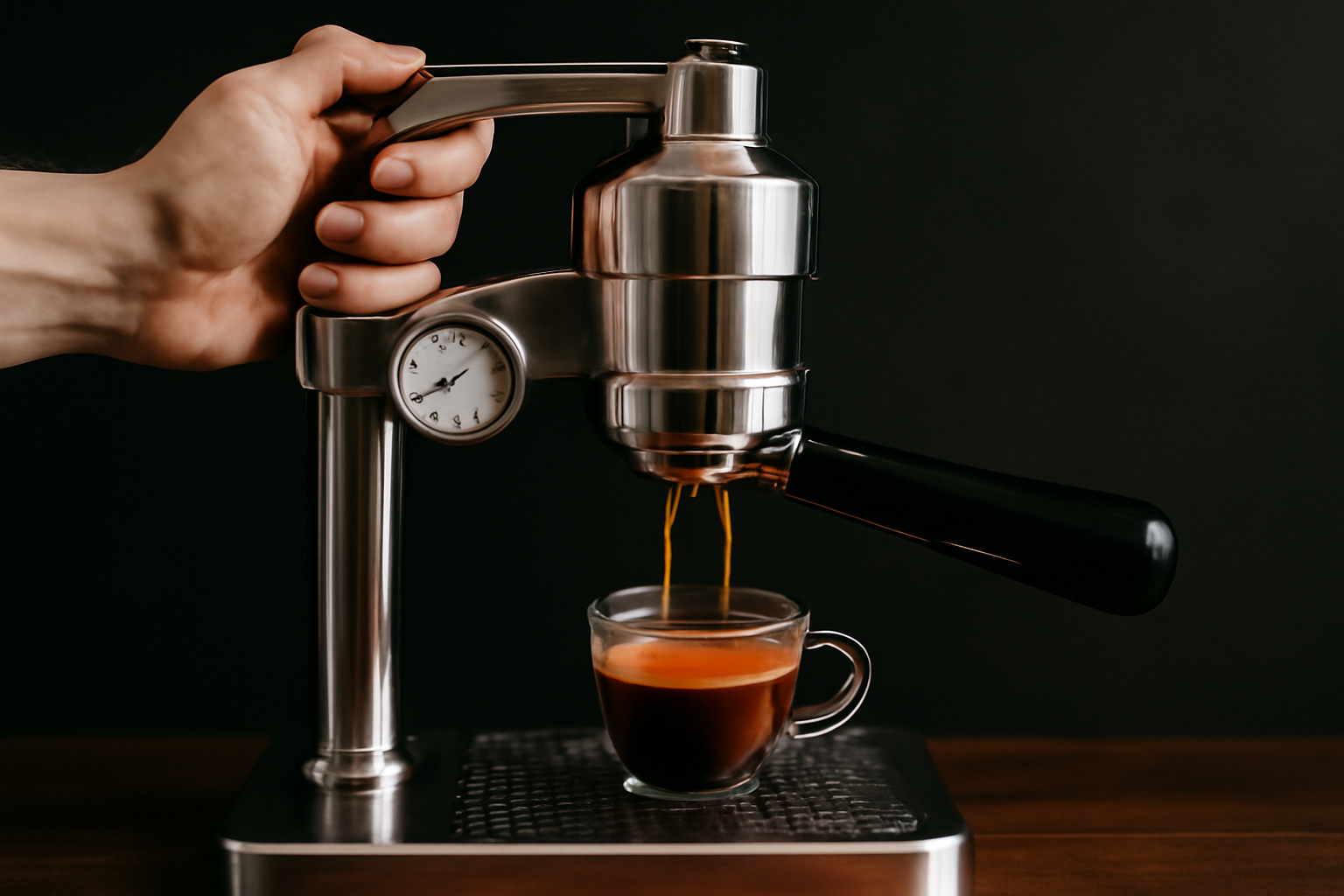
Advanced Espresso Techniques: Pressure Profiling and Temperature Surfing
Espresso is an art form, a delicate balance of science and passion that culminates in a rich, aromatic cup of coffee. While many home baristas master the basics, true connoisseurs often seek to elevate their craft through advanced techniques. Among these, pressure profiling and temperature surfing stand out as methods that can unlock new dimensions of flavor and complexity in your espresso machine. This blog post will delve into these sophisticated techniques, explaining what they are, why they matter, and how you can begin to incorporate them into your espresso routine.
Pressure Profiling: Sculpting Your Shot
Pressure profiling is the deliberate manipulation of the water pressure applied to the coffee puck throughout the espresso extraction process. Traditionally, espresso machines operate at a constant pressure, typically around 9 bars. However, advanced machines allow baristas to vary this pressure, creating a 'profile' that can significantly impact the flavor, body, and aroma of the final shot. This technique is not strictly necessary for delicious espresso, but it offers an experimental avenue for those looking to push the boundaries of extraction.
Why Pressure Profiling Matters
The pressure applied during extraction influences several key aspects of your espresso:
- Pre-infusion: Starting with a lower pressure allows the coffee grounds to saturate evenly, reducing channeling and promoting a more uniform extraction. This gentle wetting helps prepare the puck for the full pressure of the shot.
- Flavor Extraction: Different pressures can highlight various flavor compounds. Lower pressures tend to emphasize sweetness and clarity, while higher pressures can extract more body and intensity. By varying pressure, you can sculpt the flavor profile to bring out specific notes in your coffee.
- Body and Mouthfeel: The pressure profile directly affects the flow rate of water through the coffee bed, which in turn influences the viscosity and texture of the espresso. A well-executed pressure profile can lead to a more luxurious and balanced mouthfeel.
- Mitigating Imperfections: Pressure profiling can help compensate for minor inconsistencies in grind size or distribution. By adjusting pressure, you can slow down or speed up extraction in real-time, preventing over or under-extraction in certain parts of the puck.
Common Pressure Profiles
While the possibilities are endless, some common pressure profiles include:
- Ramp Up/Ramp Down: Starting with a lower pressure, gradually increasing to a peak (e.g., 9 bars), and then slowly decreasing towards the end of the shot. This can enhance sweetness and balance.
- Declining Pressure: Starting at a higher pressure and gradually decreasing throughout the shot. This can help to manage bitterness and improve overall balance, especially with lighter roasts.
- Sustained Low Pressure: Maintaining a consistently lower pressure throughout the entire shot. This can result in a sweeter, more delicate espresso with enhanced clarity.
Modern espresso machines, such as those found at Espresso Coffee Shop USA, often feature advanced controls that enable precise pressure profiling, allowing home baristas to experiment with these techniques.
Temperature Surfing: Riding the Thermal Wave
Temperature surfing is a technique primarily used with espresso machines that lack precise temperature control, such as single-boiler machines. It involves manipulating the machine's heating cycle to pull a shot at the optimal brewing temperature. While modern machines with PID controllers offer stable temperature, understanding temperature dynamics is still crucial for consistent results.
Why Temperature Surfing Matters
The brewing temperature significantly impacts the flavor of your espresso:
- Extraction Rate: Water temperature directly affects the solubility of coffee compounds. Too low, and you get under-extraction, resulting in sour, thin espresso. Too high, and you risk over-extraction, leading to bitter, harsh flavors.
- Flavor Development: Different temperatures extract different flavor compounds. A slightly lower temperature might highlight acidity and floral notes, while a higher temperature can bring out more body and chocolatey notes.
- Consistency: For machines without PID, the boiler temperature fluctuates. Temperature surfing aims to hit the 'sweet spot' consistently for each shot, ensuring repeatable quality.
How to Temperature Surf
The basic principle involves observing the machine's heating cycle and initiating the shot when the boiler reaches the desired temperature range (typically between 90-96°C or 195-205°F). This often means:
- Warm-up: Ensure your machine is fully warmed up, usually 15-20 minutes, so all internal components are at a stable temperature.
- Flush the Group Head: A quick flush of water through the group head can help stabilize the temperature and remove any stale water.
- Monitor the Light: On many machines, a light indicates when the heating element is active. You might pull your shot just as the light turns off (indicating the boiler has reached its set temperature) or just as it turns back on (indicating a slight drop, which might be desired for certain roasts).
- Steam Wand Purge: For some machines, briefly activating the steam wand can draw cooler water into the boiler, allowing the heating element to kick back on and bring the temperature up to the desired range before pulling the shot.
Mastering temperature surfing requires practice and a keen understanding of your specific machine. It's about learning to 'ride the wave' of temperature fluctuations to achieve the best possible extraction for your coffee.
Conclusion
Pressure profiling and temperature surfing are advanced techniques that allow baristas to exert greater control over the espresso extraction process. While they require a deeper understanding of your equipment and the nuances of coffee, the rewards are significant: a more refined, consistent, and flavorful espresso.
Whether you're using a high-end machine with programmable pressure profiles or a more traditional single-boiler unit, experimenting with these methods can transform your home barista experience. Espresso Coffee Shop USA, with its range of quality machines and commitment to sharing knowledge, provides an excellent resource for those looking to explore these advanced techniques and elevate their coffee journey. Visit Now for Support.
FAQs
Q1. What is pressure profiling in espresso?
Pressure profiling is the process of adjusting water pressure during espresso extraction to influence flavor, body, and aroma. It allows baristas to highlight sweetness, balance, or intensity in the shot.
Q2. How does temperature surfing improve espresso?
Temperature surfing helps control the brewing temperature on machines without PID, ensuring shots are extracted at the ideal range (90–96°C / 195–205°F), which improves flavor consistency.
Q3. Do I need a special machine for pressure profiling?
Yes, advanced or high-end espresso machines usually offer pressure control features. However, you can still experiment with flow control devices on some semi-automatic machines.
Q4. Is pressure profiling necessary for good espresso?
No, it’s not required for a great espresso, but it allows enthusiasts to fine-tune flavor profiles and improve balance, especially with specialty or lighter roast beans.
Q5. Can beginners try temperature surfing?
Yes, temperature surfing is especially useful for beginners with single-boiler machines, as it’s a practical way to improve consistency without investing in a PID-controlled machine.











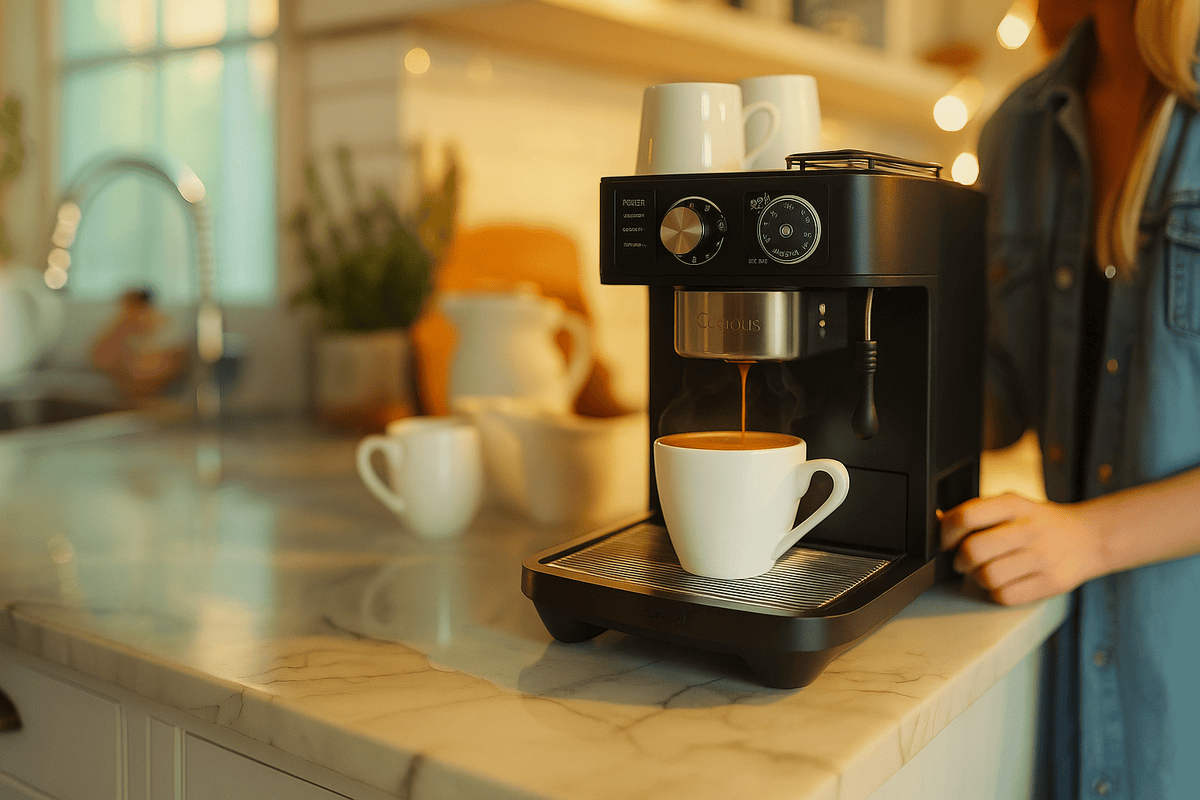
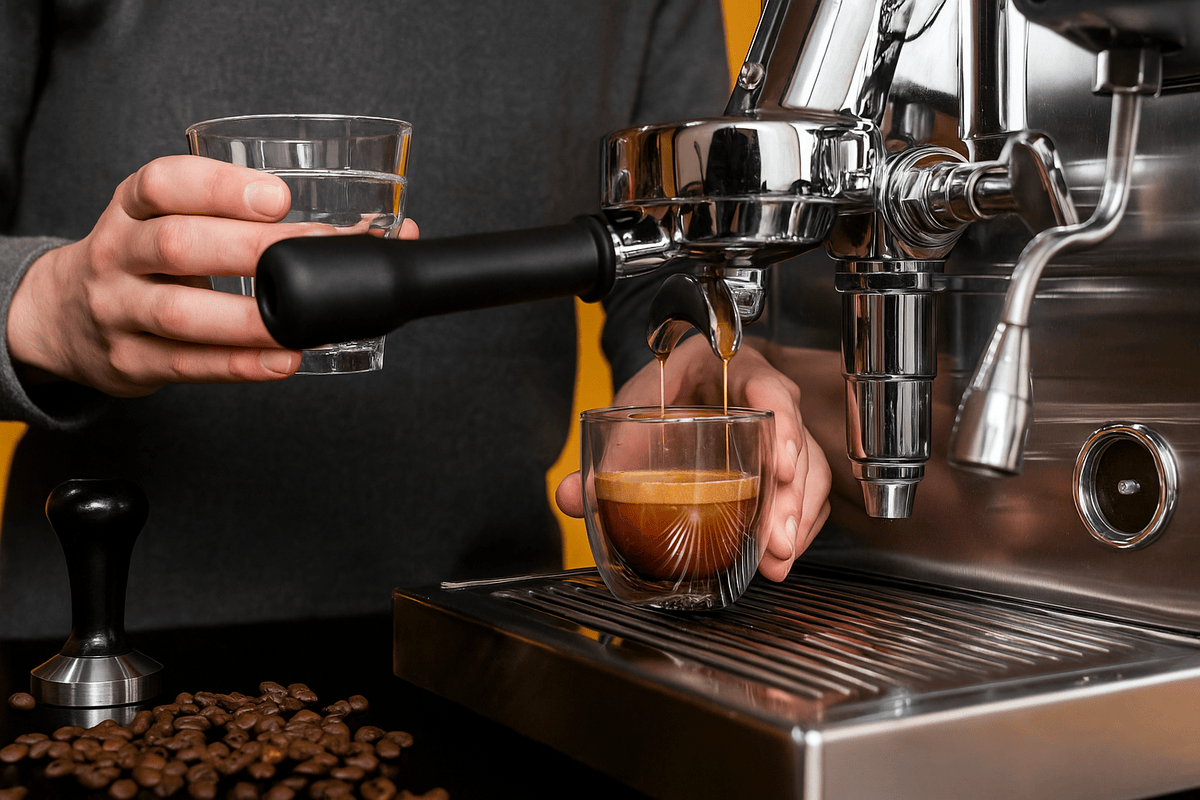
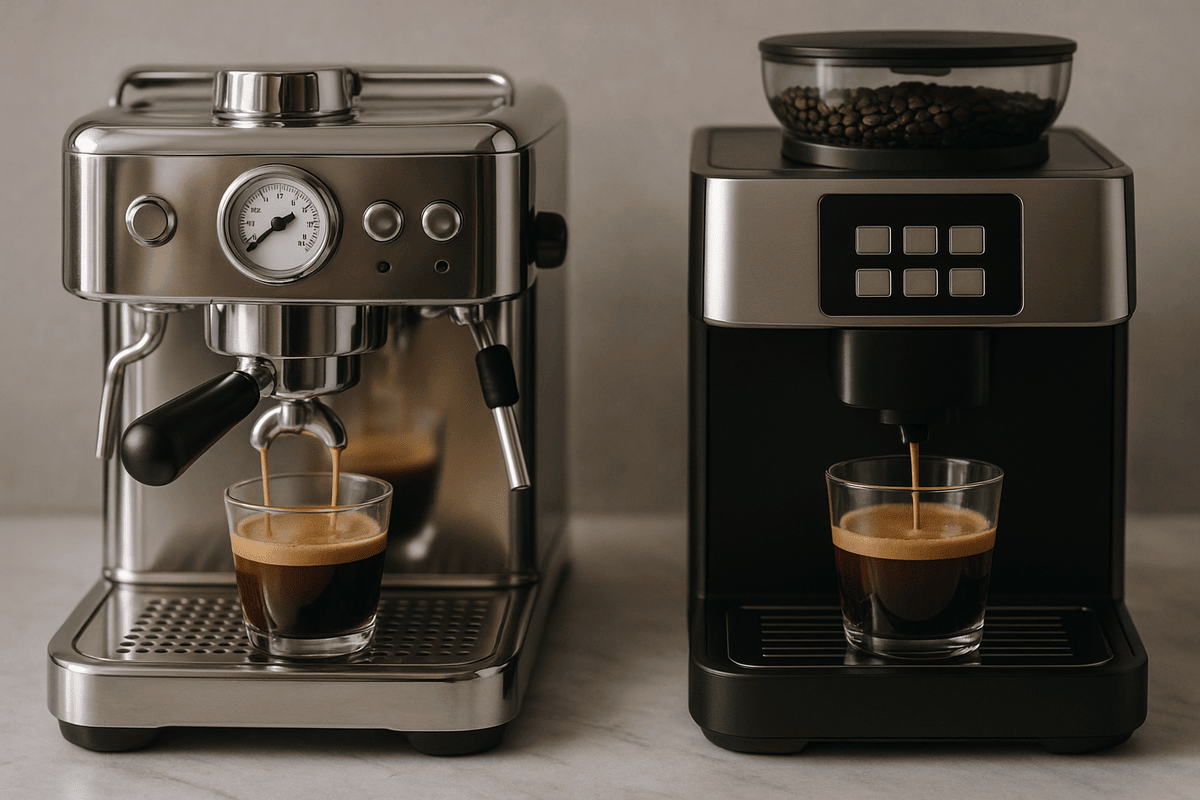
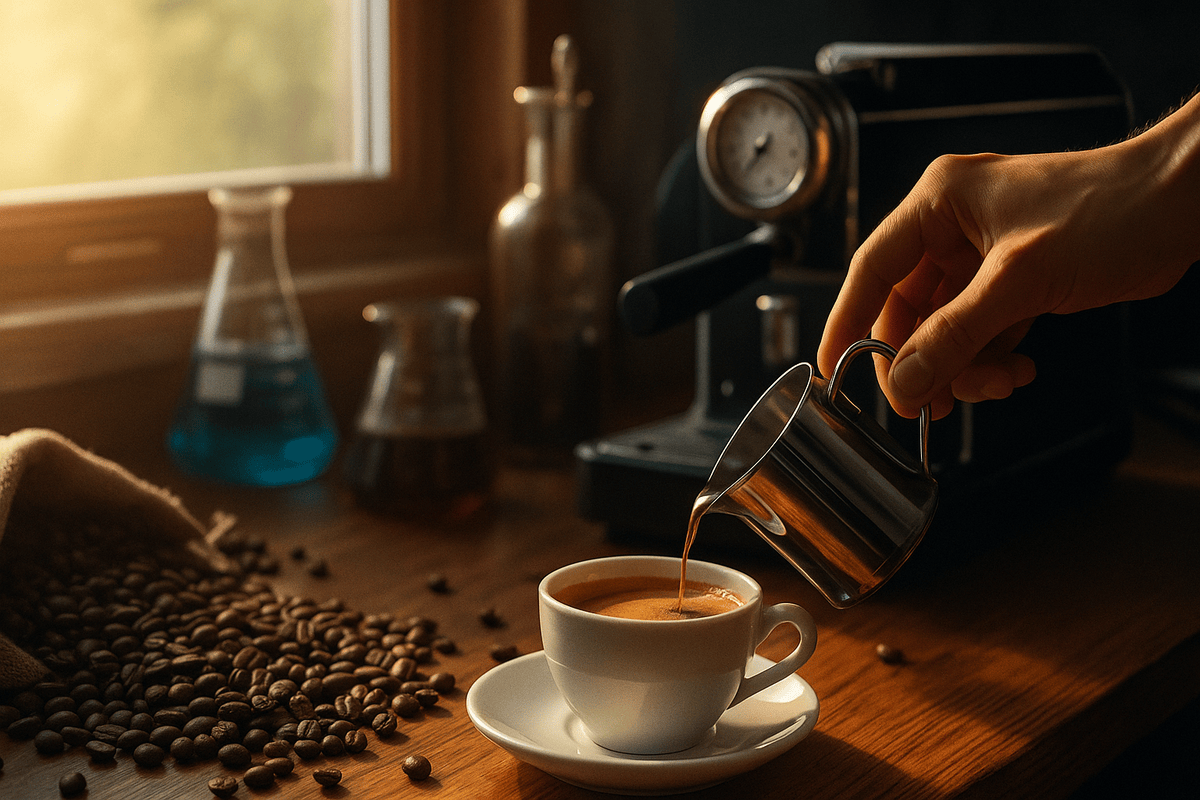
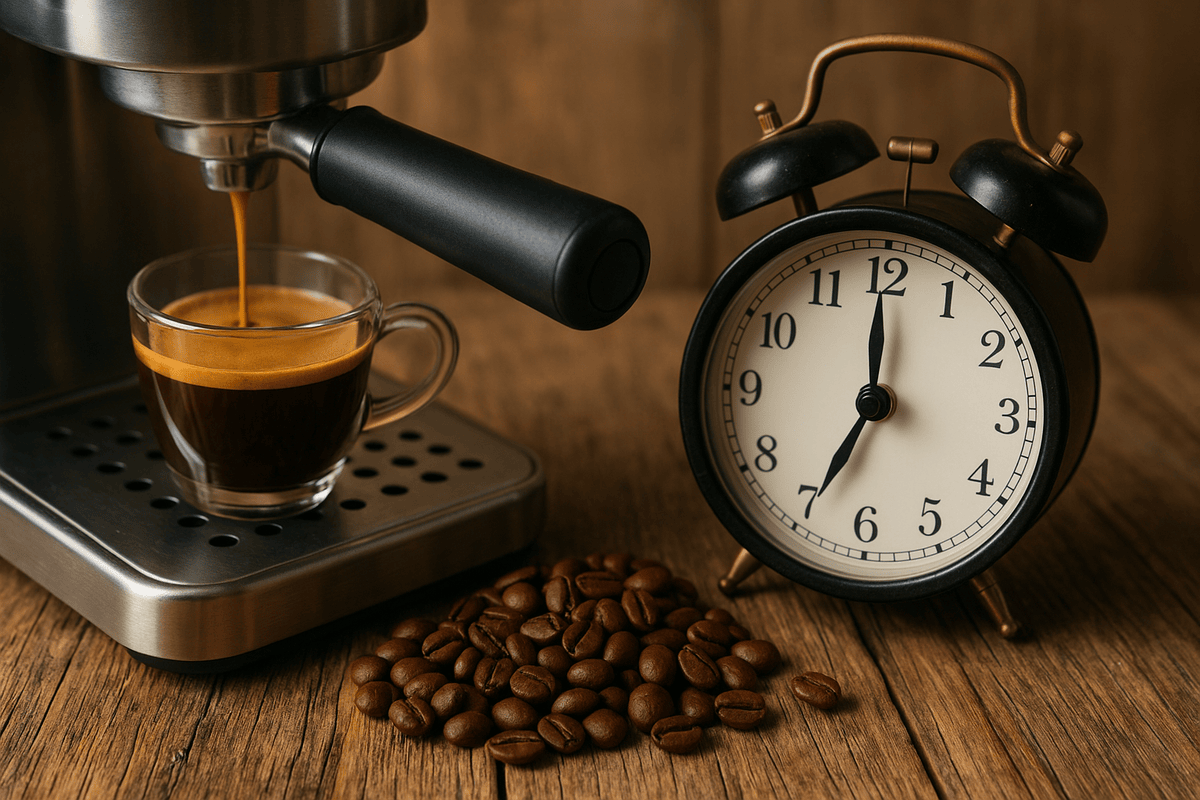
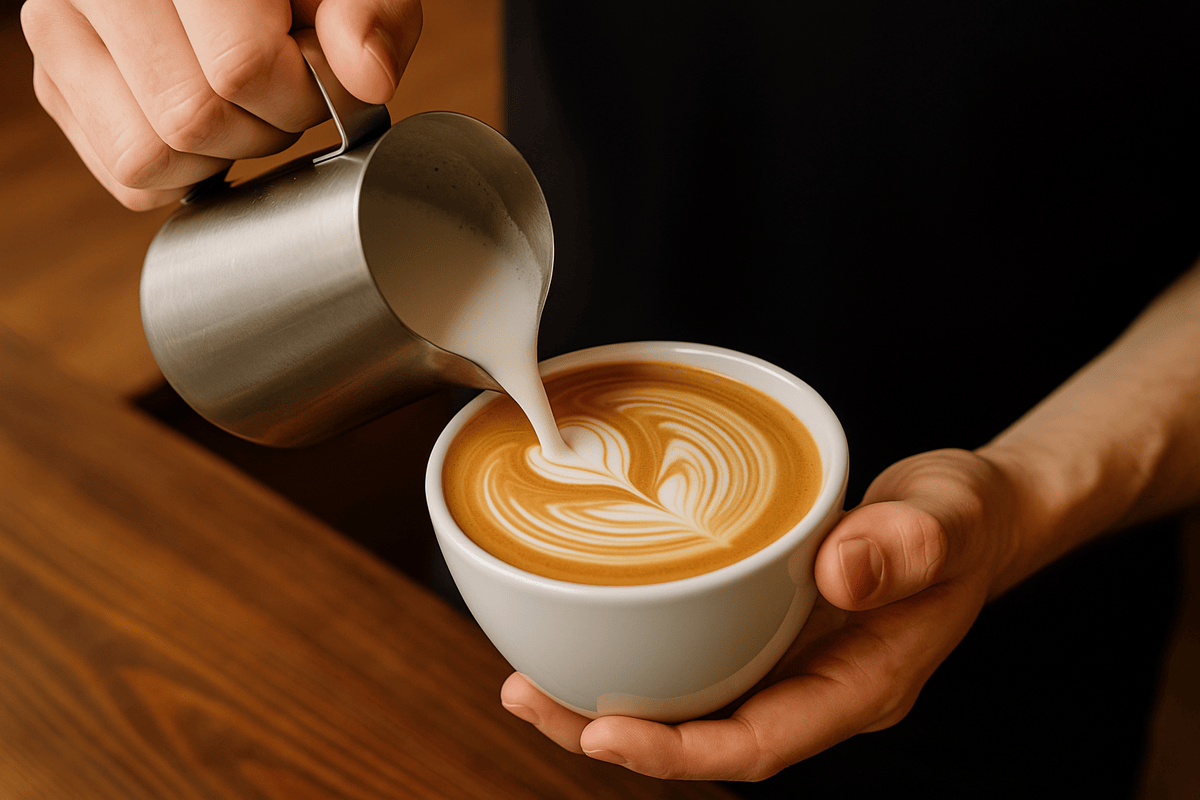
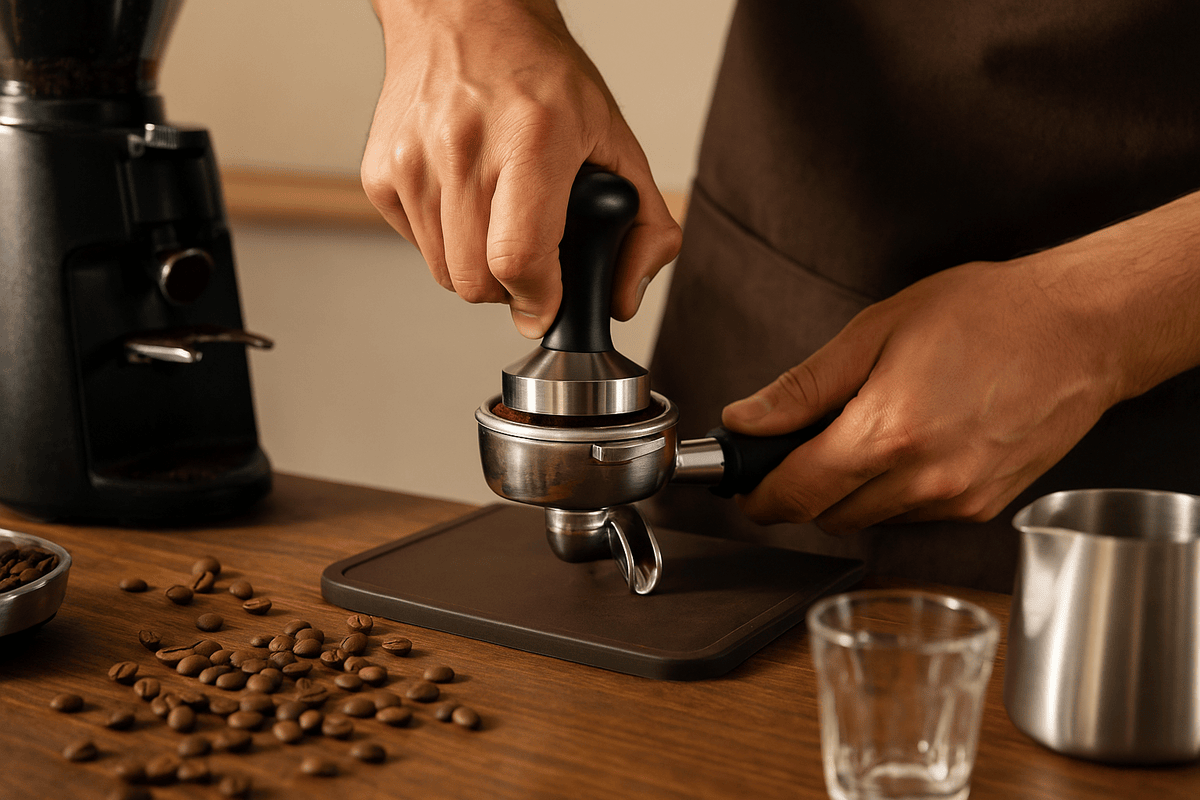
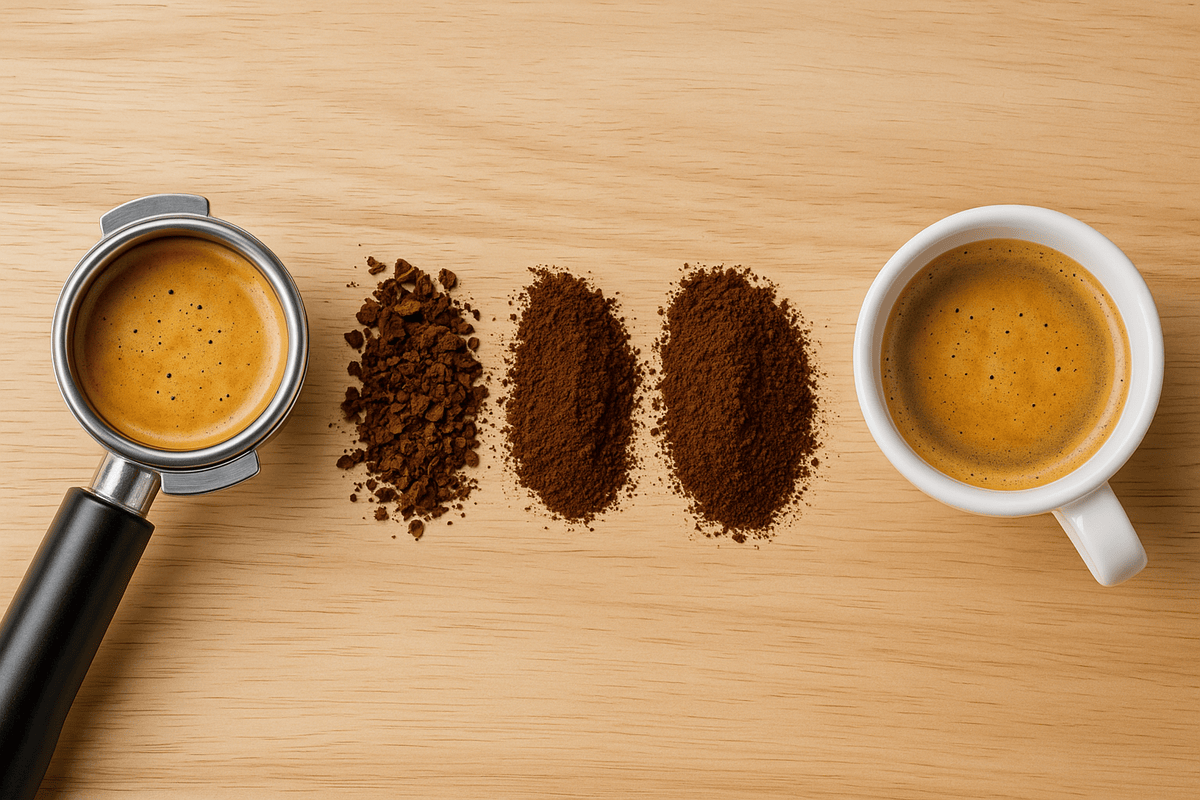
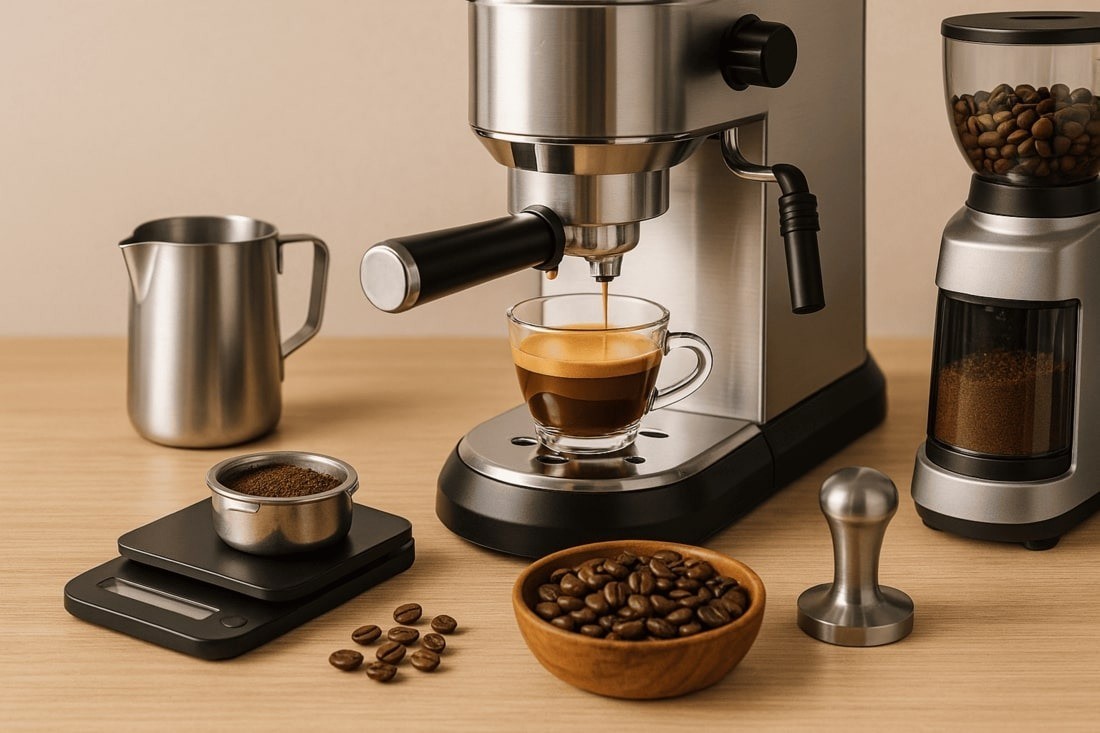
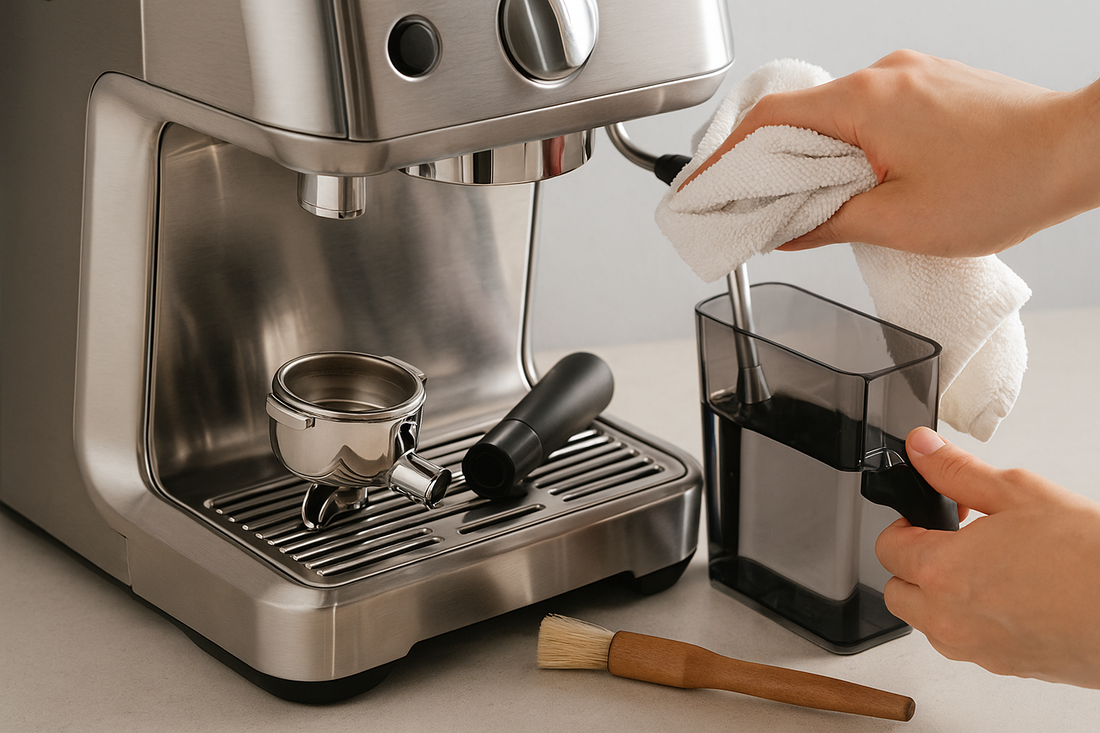
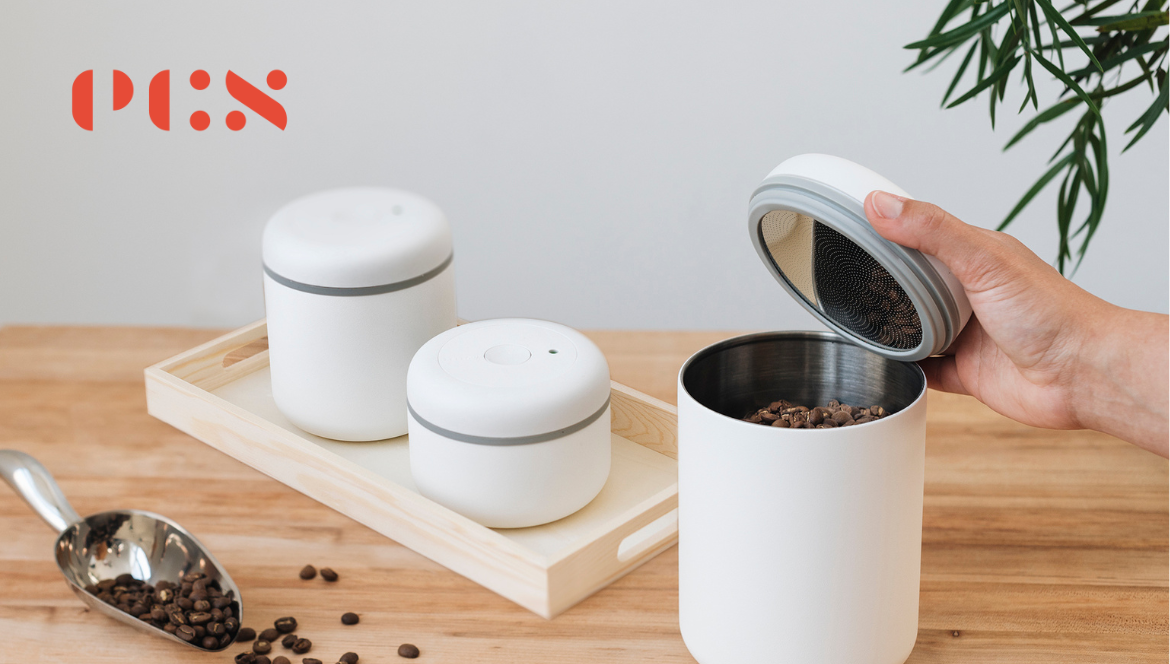
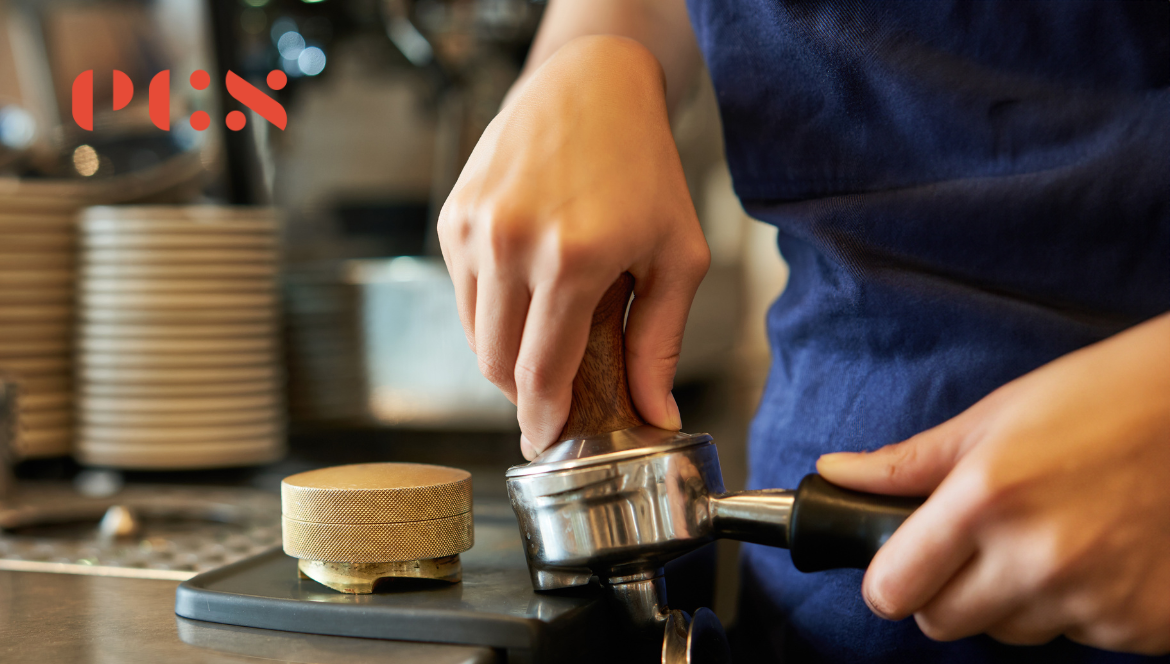
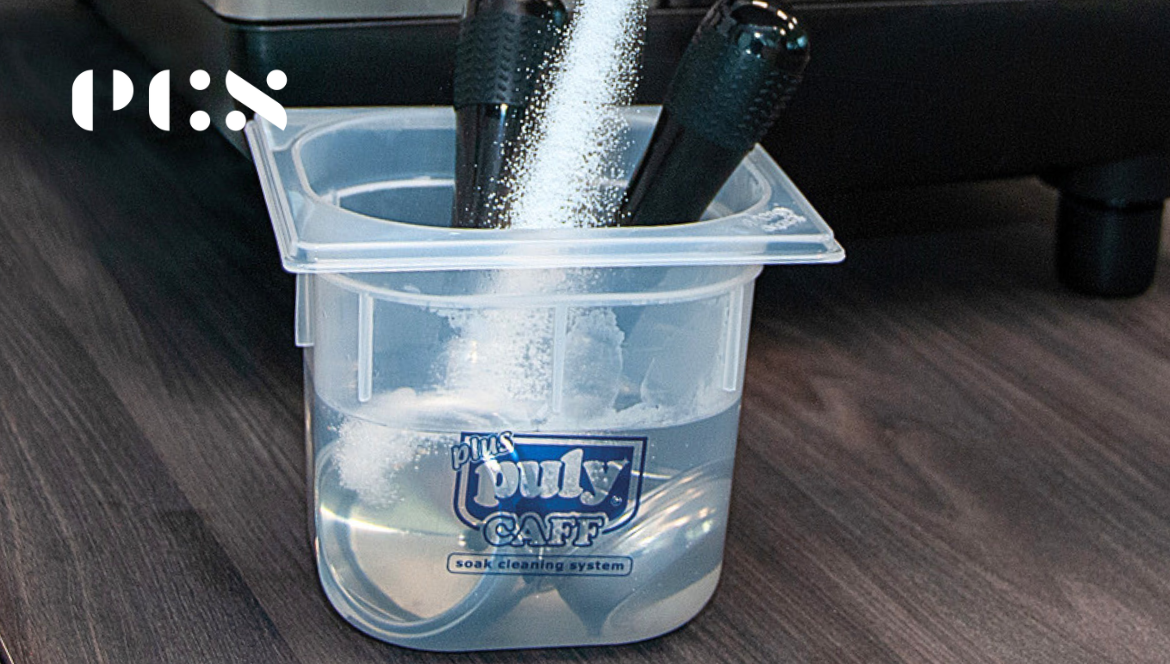
Leave a comment